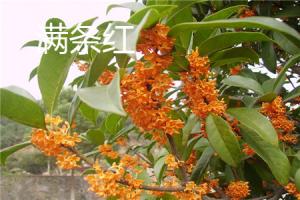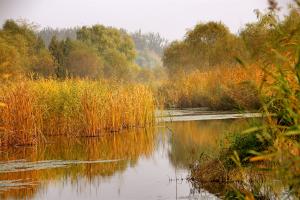Why are Yew Trees Planted in Graveyards?
For centuries, the yew tree has been associated with death and the afterlife. This evergreen tree has been planted in cemeteries and graveyards across Europe for centuries, with many believing that it has mystical properties that provide protection to the deceased. In this article, we will explore the reasons behind the tradition of planting yew trees in graveyards and why they continue to be at the center of funeral traditions.
Ancient Times
The tradition of planting yew trees in graveyards dates back to ancient times. Yew trees were often planted in sacred sites where people believed that they held magical properties. These trees were associated with the afterlife and were considered to be a symbol of rebirth and immortality. The Druids, who were the priests of the ancient Celts, used yew trees for spiritual rituals and believed that they held the power of life and death.
Medieval Times
During the medieval period, yew trees were often planted in churchyards to provide a symbolic representation of eternal life. The trees were believed to have healing properties and were used to treat a variety of ailments. It is said that yew branches were even given to pilgrims as tokens of protection on their journeys to holy sites. As a result, the planting of yew trees in churchyards became commonplace throughout Europe.
Symbolism
Yew trees have a powerful symbolic meaning in many cultures. As an evergreen tree, it is a symbol of immortality and resilience. The tree's long lifespan also makes it a symbol of endurance and perseverance. The tree's dense foliage provides excellent shelter and privacy, which is why it has been planted in graveyards to provide a protective covering for the deceased.
Protection
Yew trees are believed to provide protection to the deceased. It is said that they block negative energies and protect against evil spirits. The trees provide a barrier between the world of the living and the afterlife, allowing the soul of the deceased to pass peacefully into the next realm.
Funeral Traditions
Yew trees continue to be central to many funeral traditions. In the UK, yew branches are commonly used in funeral wreaths and as a symbol of remembrance. Many churches also have yew trees growing in their churchyards, with the oldest known yew tree in Britain estimated to be over 2,000 years old. The tree is found in the churchyard of St. Cynog's in Wales and is believed to have been planted during the Roman occupation of Britain.
Conclusion
The tradition of planting yew trees in graveyards dates back to ancient times and has continued to be a central part of funeral traditions. The trees are a powerful symbol of immortality and provide protection to the deceased. While the tradition has its roots in ancient beliefs, it continues to be a meaningful symbol for many people today.

 how many times do yo...
how many times do yo... how many planted tre...
how many planted tre... how many pine trees ...
how many pine trees ... how many pecan trees...
how many pecan trees... how many plants comp...
how many plants comp... how many plants can ...
how many plants can ... how many plants and ...
how many plants and ... how many pepper plan...
how many pepper plan...




























